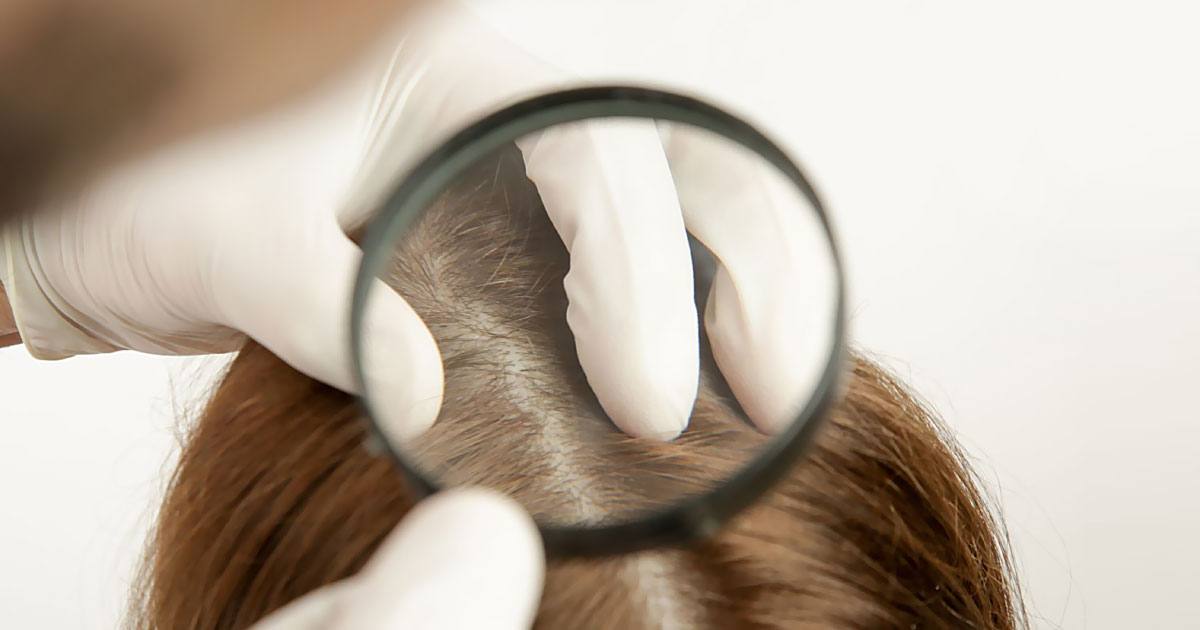Have you ever wondered: How many hairs are on the human head? The answer is more complex than it first appears and actually depends on several factors, including your natural hair color.
On average, a person has around 100,000 hair follicles on their scalp. Each follicle can produce a single hair. However, this number is only a rough estimate, as the actual number of hairs on your head varies from person to person.
How Hair Color Affects the Number of Hairs on the Human Head
The number of hairs on your head depends largely on your natural hair color:- Blondes have the highest number of hairs – around 140,000 to 150,000. Their hair is typically the finest.
- Brunettes average 100,000 to 110,000 hairs – their hair is generally thicker.
- Redheads have the fewest hairs – about 85,000 to 90,000, though their hair is often the thickest and strongest.
How Many Hairs Per Square Centimeter?
Hair density on the scalp averages around 180 to 320 hairs per square centimeter. Depending on your genetics, age, and gender, this density can vary significantly. Children usually have the highest hair density, which may decrease slightly during and after puberty.

More Facts About Human Hair
It's not just the scalp that's hairy – but hair structure differs greatly across the body:- The human body has roughly 5 million hair follicles in total.
- Only about 2% of those are found on the scalp.
- Men tend to have more and thicker body hair than women.
How Fast Does Hair Grow?
The average rate of hair growth is about 0.3 to 0.35 millimeters per day – that’s around 1 centimeter per month. This rate is influenced by genetics, hormones, and overall health.
How Many Hairs Are on the Average Human Head?
The question “How many hairs are on the human head?” can’t be answered with a single number. The number of hairs depends on multiple factors: natural hair color, the condition of your scalp, and even your genetics.
How Hair Color Affects Hair Density
It’s not the color itself but rather the thickness of the hair and the structure of the skin that matter most. Thicker skin means hair roots must be stronger, so fewer hairs can grow per square inch. People with finer skin often have more, but thinner, hairs. According to the Harvard BioNumbers database, the average number of hairs by color looks like this:
- Blondes: approx. 150,000 hairs
- Brunettes (brown hair): approx. 110,000 hairs
- Dark-haired (black hair): approx. 100,000 hairs
- Redheads: approx. 90,000 hairs
How Many Hairs Do Men Have Compared to Women?
There are differences here, too. Studies show that women typically have slightly more hairs on their heads than men, partly because women are less likely to suffer from hormonally-driven hair loss. However, the average number of hairs on the head for both men and women is between 100,000 and 150,000 – depending on hair color, genetics, and age.
The Hair Growth Cycle
Not all your hairs are growing at the same time. Each strand goes through three phases:- Anagen phase (growth phase): 85–90% of hairs are actively growing.
- Catagen phase (transition phase): about 1–2% of hairs.
- Telogen phase (resting/shedding phase): about 10–15% of hairs are resting or shedding.
That means even if someone has 150,000 hairs on their head, about 10–15% are always in the shedding phase.
Why Do Some People Have More Hairs Than Others?
When we ask how many hairs are on the human head, we’re often really talking about hair density – how many follicles are packed into a square centimeter. The more hairs in a small area, the fuller the hair looks.
Professional Hair Analysis: The Phototrichogram Method
A trichologist can use a technique called a phototrichogram to determine the exact number of hairs per square centimeter on your scalp. This is a computer-assisted, non-invasive procedure in which specific areas of the scalp are photographed and analyzed.
This method shows:- how many active hair follicles you have per square centimeter,
- how densely your hair is actually growing,
- how many hairs are in the anagen phase (growing) versus the telogen phase (resting or shedding).
If the analysis is repeated after a few days, it can also measure the rate at which your hair grows and what percentage is actively growing. This method is particularly valuable for monitoring hair loss, hair thickening, or assessing hair transplant results.
Why Is This Important?
The precise number of hairs on your head depends on genetics, sex, age, and hair color – but with a phototrichogram, you get clarity about your unique hair situation.
Not only can you discover how many hairs are on the average human head, but you’ll also learn how healthy and active your hair roots are – a key foundation for personalized care or hair loss therapies.


